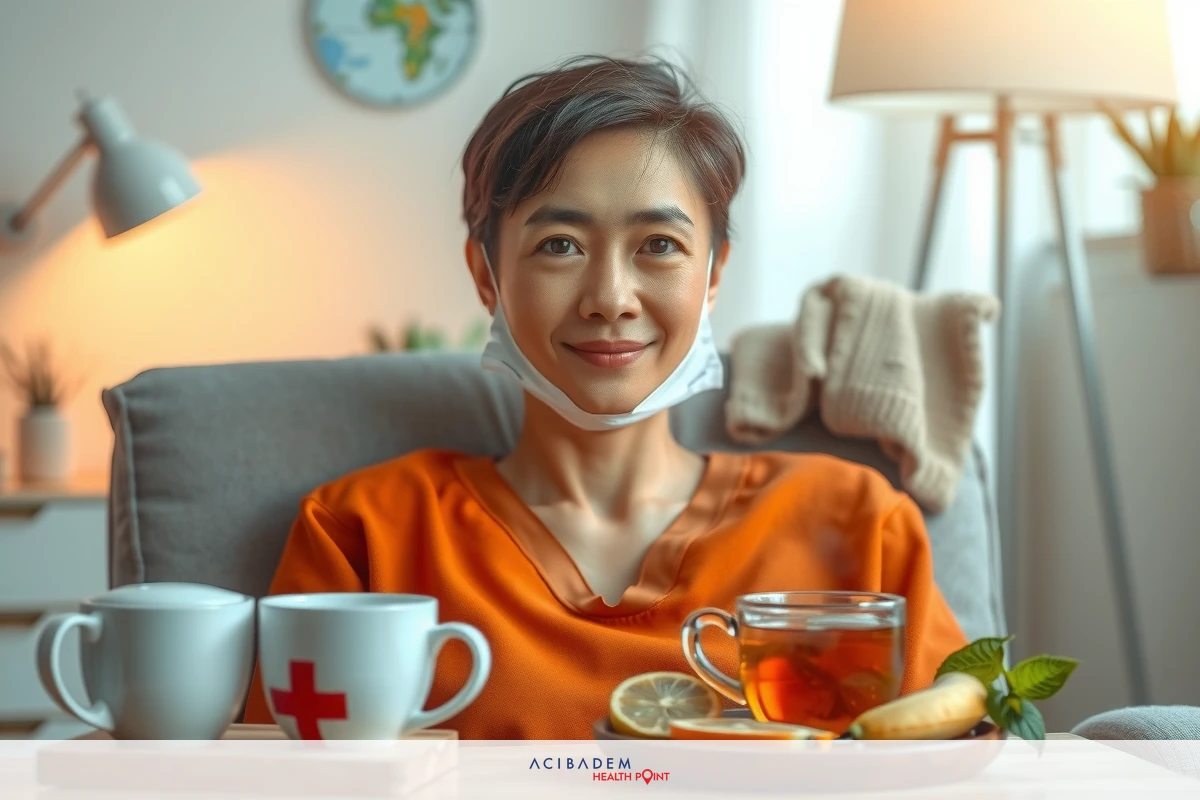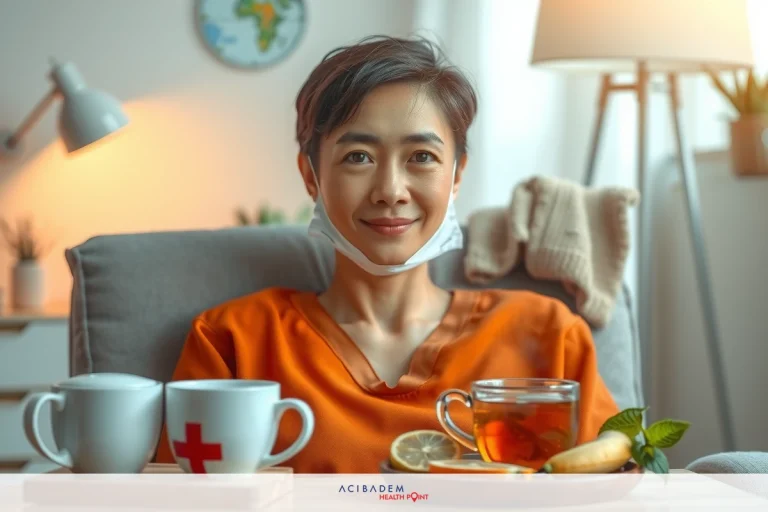Will Nose Drop After Rhinoplasty?
Will Nose Drop After Rhinoplasty? Rhinoplasty often leaves patients with queries regarding its aftermath. One common question is whether their nose will drop post-surgery. This concern stems from an understanding that any surgical intervention to our body may result in unforeseen changes over time.
The immediate aftermath of rhinoplasty can indeed present noticeable alterations in your appearance. As you navigate through recovery stages, these changes might seem alarming but are typically part and parcel of the healing process. Over an extended period post-rhinoplasty, your nose undergoes subtle transformations – culminating into what medical experts deem as long-term outcome.
While it’s natural to focus on potential aesthetic shifts after such operations like a possible ‘nose drop’, it’s crucial to remember each patient’s experience varies greatly based on individual factors: anatomy, surgeon’s technique, and even lifestyle habits can play roles in shaping ultimate outcomes.
Immediate Post-Surgery Changes
The journey of rhinoplasty recovery commences as soon as the procedure is completed. Immediately after surgery, it’s quite common for patients to notice significant changes in their nose structure. It might appear swollen and bruised, a result of the surgical intervention which is typical and expected. However, these initial impressions can be misleading – what you see right off the surgical table isn’t indicative of your final outcome.
Post-rhinoplasty changes are not solely confined to external appearances; internal transformations occur too. You may experience some discomfort or nasal stuffiness owing to swelling inside your nose; this is normal and temporary. Over time, with proper care and rest, these symptoms subside gradually allowing your breathing patterns to return back to normalcy.
The term ‘nose drop’ often generates undue apprehension among those considering rhinoplasty. In reality though, this expression refers primarily to the natural settling process that occurs as part of post-surgical healing rather than an undesirable sagging effect one might imagine based on its name alone.
A crucial aspect playing out through immediate post-operative phase involves managing expectations realistically. Transient manifestations like swelling or bruising should not deter individuals from appreciating potential long-term benefits they stand to gain from undergoing rhinoplasty.
It’s vital for individuals embarking on transformative journeys like rhinoplasty to grasp that the immediate changes observed shortly after the surgery are temporary phases in the process of achieving the desired facial harmony. These changes do not represent the permanent, final aesthetic outcome.
Expected Recovery Process
Navigating the path of recovery post-rhinoplasty requires a blend of patience and understanding. An integral part of this journey involves acknowledging that your nose will evolve in appearance over time, as it heals. It is normal to witness fluctuations in swelling, changes in sensation, or variations in skin complexion around your nasal region during this period.
The initial phase following surgery generally witnesses peak levels of swelling both inside and outside the nose. This might lead to temporary breathing discomfort or apparent distortion in facial symmetry. However, rest assured these symptoms are transient; with each passing day, you will notice gradual reduction leading towards stability.
As healing progresses further into weeks post-operation, subtle shifts become increasingly evident – giving better

insight into what final outcome might look like. This stage often brings about renewed excitement as evidence of surgical success becomes more tangible amidst declining signs of surgical intervention.
Patient commitment towards maintaining overall wellness by means such as balanced dieting or abstaining from habits detrimental to recovery like smoking also play pivotal roles steering one’s recuperation trajectory positively.
Keeping an awareness of the anticipated stages during rhinoplasty recovery is essential. It equips individuals to handle potential challenges and helps them stay aligned with their ultimate objective: to enhance nasal aesthetics, thus contributing to overall facial harmony, all while maintaining or improving nasal functionality.
Long-Term Outcome
The unveiling of the long-term outcome post-rhinoplasty is akin to a grand reveal that takes place over an extended period. This phase, often spanning up to a year or more after surgery, is when patients can fully appreciate the results of their procedure. It’s during this time that the nose finally settles into its new shape and any fears about ‘nose drop’ can be put into perspective.
Post-rhinoplasty changes are not a static process but rather dynamic in nature marked by phases of transformation ultimately leading towards stabilization. During initial months following surgery while swelling subsides significantly and major shape alterations become evident – it’s important to remember minor refinements continue unfolding as tissues heal further and scar maturation sets in.
A common apprehension among rhinoplasty patients revolves around perceived notion of ‘nose dropping’ over time. However, what many interpret as ‘dropping’ is usually just part of the normal healing process where nasal tip elevation commonly seen immediately post-surgery reduces gradually aligning with rest of your facial features for natural-looking aesthetics.
In fact, skilled surgeons utilize techniques ensuring structural support while performing rhinoplasty so chances for actual nose drop due to gravity effects remain minimal even years down line – thus enabling individuals enjoy lasting benefits from their surgical investment.
Navigating rhinoplasty complexities entails realistic expectation management, dedicated adherence to aftercare instructions for surgical success, and comprehension of the broader implications for long-term outcomes. This not only fosters confident recovery but also deepens the appreciation for the nuances involved in achieving balanced facial harmony after rhinoplasty.
Will Nose Drop After Rhinoplasty?: Frequently Asked Questions
What is meant by 'nose drop' after rhinoplasty?
The term 'nose drop' often stirs apprehension among individuals considering rhinoplasty. However, it's important to understand that this phrase refers more to the natural settling process of your nose post-surgery rather than an undesirable sagging effect.
How long does it take for swelling to subside post-rhinoplasty?
Swelling following a rhinoplasty procedure typically peaks in the initial days and starts reducing gradually thereafter. While substantial reduction can be noticed within weeks, minor refinements continue unfolding over months as tissues heal further and scar maturation sets in.
Can lifestyle habits impact my recovery journey after rhinoplasty?
Absolutely! Lifestyle habits play a significant role in influencing your recovery trajectory. Habits such as smoking or excessive sun exposure can potentially hinder healing while maintaining overall wellness through balanced dieting and ample rest aids positive recuperation course.
Will my nose keep changing shape over time post-rhinoplasty?
Post-rhinoplasty changes are dynamic with phases of transformation ultimately leading towards stabilization. Initial months witness significant shape alterations whereas later stages involve subtle refinements contributing towards final outcome - which generally stabilizes around one year mark from surgery date.











